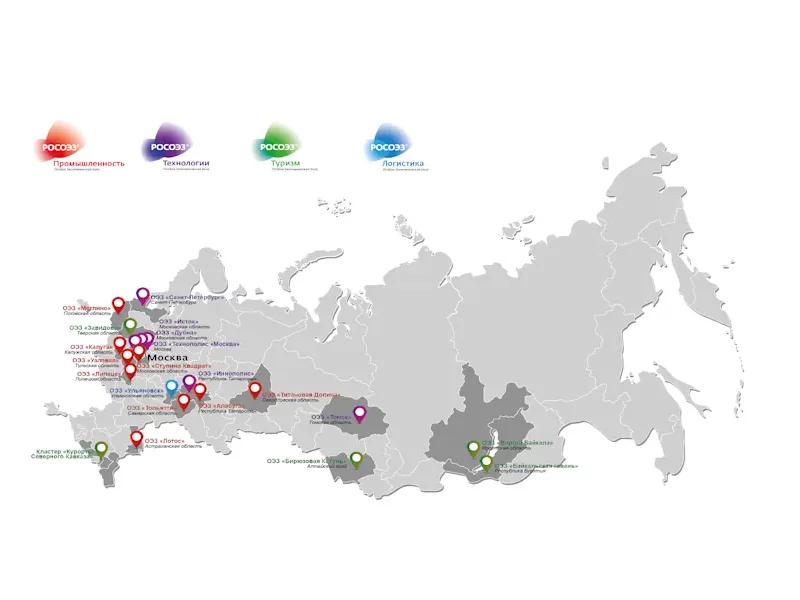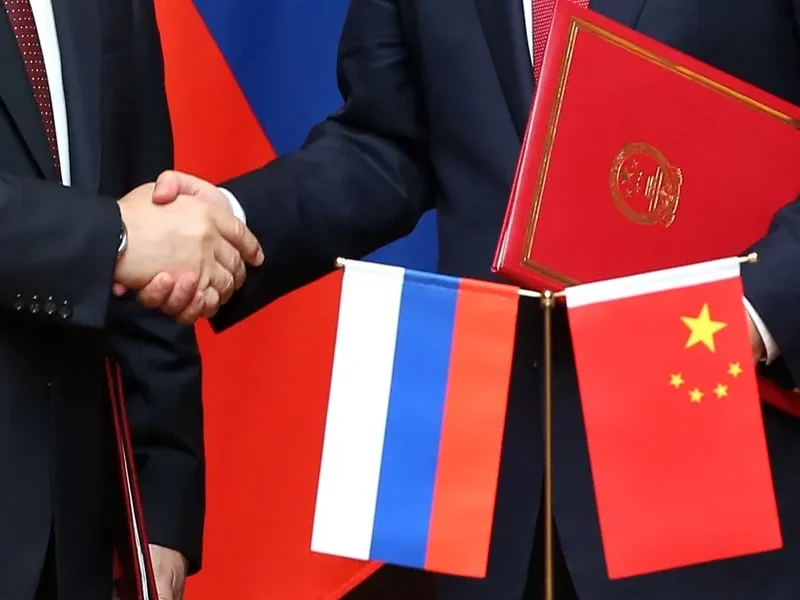M&A transaction support: asset acquired in 2014
In 2014, we provided support for an asset acquisition deal involving bank financing. At the moment of the acquisition, the company demonstrated a significant potential for development.
At the first stage, we drew up the Letter of Intent to pre-fix the terms and conditions of the prospective deal and summarize the deal structure. The Letter of Intent was supplemented with the plan for the M&A deal implementation, which specified the executors and set the time frame.
The transaction may be complex and may take up to several years to complete. The Plan should be as detailed as possible and describe each of the steps leading to the deal closure.
At the second stage, we conducted a due diligence of the target asset. Due diligence is a vital step involving an in-depth assessment of the proposed acquisition and covering all aspects of the company’s activity.
The due diligence process was organized according to our checklist.
Due diligence investigations are more effective if they include on-site visits and communication with the company’s management. A lot of information may be gathered by running on-site meetings with the operational staff.
It is also important to get a good understanding of what the target business is about; examine how well the main assets are protected; identify and assess any significant risks.
In our case, the company’s main asset was an exclusivity contract for advertising. We conducted a thorough analysis of the contract to check its legal validity.
At the third stage, the information about the company and inherent risks are analyzed to identify any substantial and acceptable risks. Then the terms of the deal are finalized and the deal structure is agreed upon.
Procuring financing is an important stage of any M&A transaction.
Our team provides comprehensive support for M&A transactions, which means that we also take our clients through the process of obtaining bank financing. There are three main sets of documents that are commonly requested by the banks:
- Project economics, basic documents (business plan, financial model) showing the client’s ability to service and pay off the loan;
- Collateral documents;
- Compliance of the borrower with the formal requirements of the bank (indicators of profitability, EBITDA, etc).
To structure the deal, we had to deal with a rather common problem. To purchase the asset, the client needed to take up a loan by creating an SPV, which does not act in an operational manner. In order to meet the bank’s requirements, it was necessary to guarantee that the turnover of the acquired asset would be pledged as security for the bank loan obtained through the SPV.
At the fourth stage, the documents are prepared, reviewed and approved. It makes sense to have the documents prepared by the same specialists who participated in structuring the deal and in due diligence investigations.
The risks that were identified and discussed by the Parties at the previous stages should be reflected in the documents.
At the fifth stage, the deal is closed. In our case, it took 10 hours. Signing of the closing documents marked the culmination of the whole project. All the parties in the deal were gathered in one meeting room.
The deal was closed successfully and all the parties were satisfied with the result. We provided comprehensive transaction support from the moment the preliminary agreements were made and to the deal closure. The execution period was 6 months.
M&A transaction support: sale of an already-grown business in 2019
In 2014-2019, the company was vigorously developing, its profits increasing five-fold. The market has a tendency toward integration and consolidation. Eventually the shareholders decided to sell the asset.
In 2019, our company stepped in the M&A selling process. It should be noted that although the steps involved in an M&A transaction are similar in many ways for the buyer and seller, there also are some important differences to consider.
Pre-sale preparation before the M&A transaction
At the zero stage, that is, prior to the beginning of the transaction, the asset has to undergo pre-sale preparation.
The better the asset is prepared, the more smoothly goes the transaction.
Pre-sale preparation includes the following:
- Internal due diligence of the target company. Pre-sale due diligence is organized according to a checklist and helps look at the company through the prospective buyer’s eyes, in other words, what you would pay attention to if you were considering buying this asset;
- investigation of labor relations inside the company. All of the company’s current liabilities should be settled before the sale;
- it is checked that all of the business’s assets such as customer contracts, intellectual property rights, databases, subsidiaries, etc should be titled to the same legal person (seller);
- it is recommended to dispose of anything that can complicate the deal such as subsidiaries that are no longer operating or non-core assets;
- an e-archive of documents is created to ensure easy document access in the due diligence process;
- the company presentation and financial model are prepared for reference during the negotiations.
At the pre-sale preparation stage, it is important to eliminate the maximum number of potential issues and risks that could be detected by the buyer in the course of due diligence and be later used as an extra leverage to negotiate a lower purchase price.
After pre-sale preparation, M&A transaction support goes through the following five stages:
- After the negotiations, the Letter of Intent and Plan for deal implementation are drawn.
- At the due diligence stage, it is necessary to gather the information requested by the buyer – precisely the amount the buyer needs, no more and no less.
- We analyze the information and risks identified in the course of our due diligence investigation. In our case, at the stage where the due diligence results were discussed, there happened a change of the buyer and due diligence had to be performed once again.
- The documents were prepared, reviewed and approved.
- At the fifth stage, the Deal was closed.
As usual, the closure of the Deal marked the culmination of the process. Lawyers of one of the Parties got so emotional discussing the provisions of the contract that they were asked to leave the notary’s office. After a 60-minute break, they were allowed to return and continue signing the deal.
After the Deal was closed, all of the Parties were satisfied with its results.
Timeframe of the M&A transaction:
- Pre-sale preparation, 6 months;
- Transaction period, 1 month.
Разрабатываем Стратегии для собственников бизнеса в целях оптимизации группы компаний, решения нестандартных задач и продажи активов. Оказываем услуги по сопровождению сделок M&A, управлению непрофильными активами и проектами в целом.













